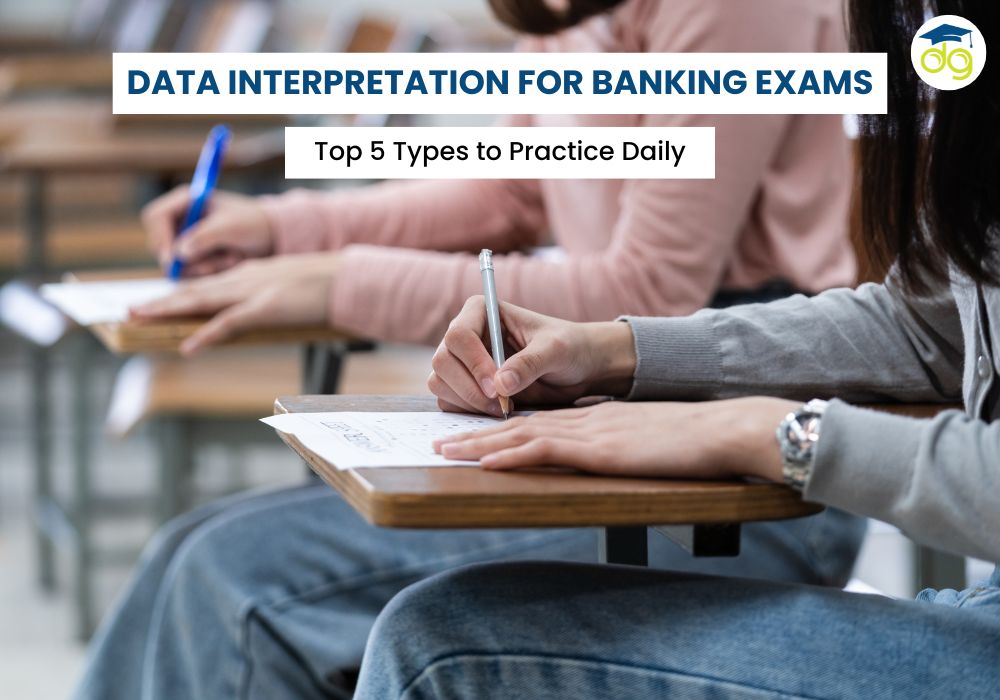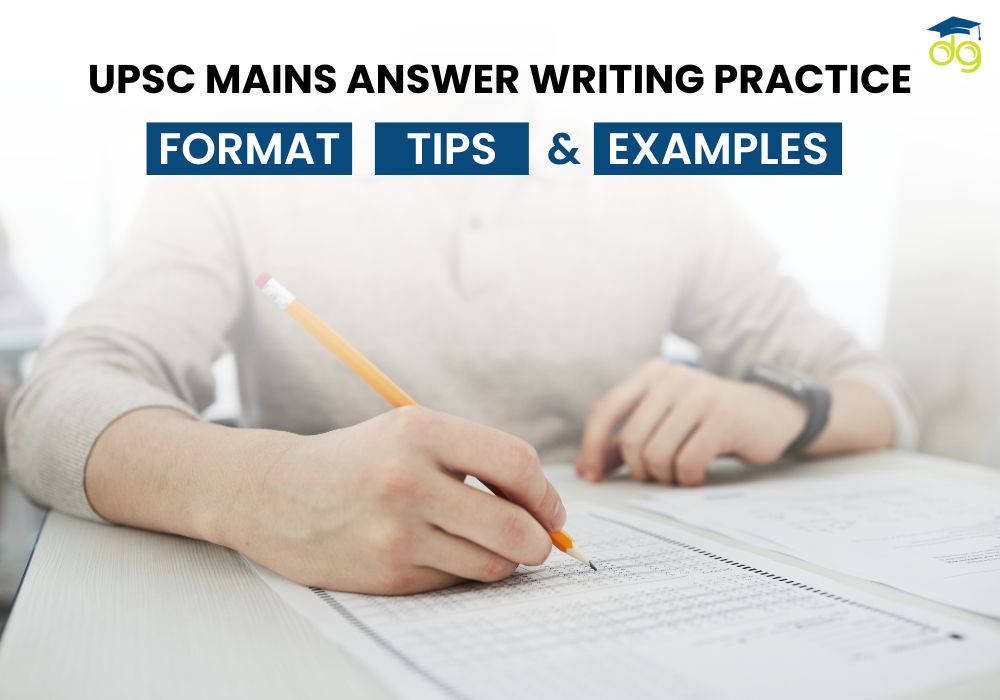Time-Saving Tricks for Solving Banking Puzzles & Seating Arrangements
Boost speed in puzzles & seating for IBPS, SBI & RBI exams
Preparing for bank exams like IBPS PO, SBI PO, and RBI Assistant? Then you already know that reasoning puzzles and seating arrangement questions can either be scoring saviors or time-eating traps. While these questions make up a good portion of the Reasoning section, they can consume a lot of time if approached the wrong way.
In this detailed blog, we will explore:
- Why puzzles and seating arrangements are important
- What types commonly appear in banking exams
- How to approach them strategically
- Daily practice methods
- Time-saving techniques and tricks
- Common mistakes to avoid
- Best books and apps to practice
- FAQs
- And finally, a practical plan to master these question types
Let’s dive in.
Why Are Puzzles & Seating Arrangements So Important in Banking Exams?
If you check the last 5 years' question papers of banking exams, you’ll notice:
- 20 to 25 marks out of 35 in the Reasoning section are from puzzles and seating arrangements.
- These questions usually come in sets, so solving one puzzle right gives you 5 marks in one go.
- Getting them wrong or leaving them mid-way can be costly, especially due to the time you’ve already spent.
This is why mastering puzzles and seating arrangements is not optional—it’s essential.
Common Types of Puzzles Asked
Let’s take a look at the different types of puzzles that appear regularly in banking exams:
Type of Puzzle | Example | Difficulty |
| Linear Arrangement | People sitting in a row facing the same/opposite direction | Easy–Medium |
| Circular Arrangement | People sitting around a circle | Medium–Hard |
| Square/Rectangular Layout | People sitting at the corners and sides | Medium–Hard |
| Floor Puzzle | People living on different floors | Medium |
| Box Puzzle | Items placed in boxes stacked vertically | Medium |
| Scheduling Puzzle | Events scheduled on different days/months | Medium |
| Blood Relation Puzzle | Based on family relationships | Medium |
| Day-Month Puzzle | Mixing dates, months, and events | Hard |
General Strategy to Solve Puzzles
- Start with the easiest set:
- Skim through all puzzles in the Reasoning section quickly.
- Choose the one that seems most direct (e.g., linear arrangement).
- Draw a rough diagram:
- Use clear and consistent symbols (e.g., arrows for direction, square/circle diagrams).
- Keep your rough work tidy; messy diagrams will confuse you.
- Divide the clues:
- Separate direct clues (that can be used immediately) and indirect clues.
- Use the direct ones to start your setup.
- Use the elimination method:
- Use the process of elimination wherever a fixed place is not directly mentioned.
- Cross-check clues with your diagram as you move forward.
- Don’t get emotionally stuck:
- If a puzzle takes more than 4–5 minutes, move on. Come back later.
Time-Saving Tricks for Banking Puzzles
1. Solve in Layers
Instead of trying to fix every clue at once, layer your approach. Use each clue one at a time and refine your diagram gradually.
2. Use “Either-Or” Placement
When a clue gives you two possible positions, place them both temporarily and carry on. Many times the correct one becomes obvious as more clues are used.
3. Work from Definite Clues First
Start with statements like:
- "A is sitting third to the left of B"
- "Only one person sits between C and D"
These anchor clues help you set up the structure.
4. Eliminate Wrong Options Fast
If a clue contradicts your diagram, don’t panic. Backtrack only 1–2 steps and try an alternative—don’t erase the whole thing.
5. Use Grid/Table for Complex Puzzles
Especially useful for box, floor, and scheduling puzzles. Make a grid like:
This gives clarity and helps track multiple variables.
Time-Saving Tricks for Seating Arrangements
1. Clockwise vs Counterclockwise
Always mark who is facing center and who is facing outside. Remember:
- If two people face the same direction, their left/right remains the same.
- If they face opposite, their left/right becomes your right/left.
2. Group Clues Together
Some clues make sense only when paired:
- “A is to the immediate right of B, who is third to the left of C.”
Solve such chains together rather than line by line.
3. Use Shortcut Symbols
Use shorthand:
- R = Right
- L = Left
- I = Immediate
- OP = Opposite
- NR = Not Right
This saves time while noting clues.
4. Use Double Diagrams
When confused between two possibilities, draw two versions. Don’t try to manage in one layout—it creates confusion and waste of time.
Daily Practice Schedule (for 30 days)
Day | Focus Area | No. of Sets |
| 1–7 | Linear + Circular | 4 per day |
| 8–14 | Floor + Box Puzzle | 3 per day |
| 15–21 | Scheduling + Day-Month | 3 per day |
| 22–25 | Blood Relations + Mixed | 2 per day |
| 26–30 | Mock Practice + Timed Solving | 3 full sets |
Add 10–15 minutes of error analysis daily to avoid repeating mistakes.
Best Books for Practice
- A Modern Approach to Verbal and Non-Verbal Reasoning by R.S. Aggarwal
- Puzzle Mania by Kiran Publications
- Reasoning Book for Banking by Arun Sharma (TMH)
- Banking Reasoning Chapterwise by Adda247
Best Apps & Online Platforms
- Oliveboard
- Testbook
- PracticeMock
- Bankers Adda
- Unacademy (Free & Paid)
Many of these offer daily puzzles, video solutions, and timer-based mock tests.
Common Mistakes to Avoid
- Starting with the toughest puzzle
- Getting emotionally stuck on one question
- Ignoring rough work clarity
- Practicing without a timer
- Overlooking revision of past errors
Sample Puzzle with Solution (Linear Arrangement)
Puzzle: Eight people – A, B, C, D, E, F, G, and H – are sitting in a row. Some are facing north, and some south.
- A is third to the right of B
- Only one person sits between A and C
- C is sitting at one of the extreme ends
- E is sitting second to the left of B
- F is not an immediate neighbor of A or B
- D sits second to the right of F
- G and H are immediate neighbors and face opposite directions
Approach:
- Draw the line
- Fix C at one end
- Place B and then A using clue 1
- Use clue 3 to insert E and clue 5 to eliminate wrong options
- Continue layering
Outcome: Once you do it slowly and confidently, all 5 questions will be answered accurately.
FAQs
Q1. How many puzzles should I solve daily for banking exams?
Aim for 3–5 puzzle sets daily, increasing difficulty gradually.
Q2. How can I improve my speed in reasoning puzzles?
Work with timed mocks, analyze mistakes, and practice the same set again to master logic.
Q3. Is it okay to skip a puzzle during the exam?
Yes. Skipping a confusing puzzle can save you time to score in other areas.
Q4. Are puzzle books better or online apps?
Both are useful. Use books for offline focused practice and apps for timed drills and mock analysis.
Q5. How do I handle puzzles with multiple variables?
Use tables/grids to organize information clearly. Always solve one variable at a time, building layers.
Final Tips Before You Go
- Puzzles are logic games, not memory-based. The more you practice, the sharper your logical thinking becomes.
- Don’t rush during learning stages—speed comes only after accuracy.
- Always review solved puzzles to see where you took extra time.
- Mastering reasoning puzzles also improves your analytical skills for interviews and group discussions.
Want More Banking Prep Help?
Check out detailed practice schedules, book lists, and expert strategies tailored for banking aspirants on Skoodos Bridge – a trusted community platform for learners and exam takers. Whether you're preparing solo or need structured guidance, Skoodos Bridge brings everything under one roof.
Categories
Archives
- August 202516
- July 202524
- June 202524
- May 202526
- April 202530
- March 202523
- February 202513
- January 202523
- December 202429
- November 20246
- September 20245
- August 202422
- July 202415
- May 20249
- June 202424
Similar Posts

Time-Saving Tricks for Solving Banking Puzzles & Seating Arrangements
by Skoodos Bridge

CAT DILR Strategy: Daily Practice Sets & Tips to Boost Accuracy
by Skoodos Bridge

Daily Study Plan for JEE Aspirants Starting from Class 11 (2025 Guide)
by Skoodos Bridge

Data Interpretation for Banking Exams: 5 Must-Practice Types 2025
by Skoodos Bridge

Most Important GK Topics for SSC CGL 2025 with Free PDF Download
by Skoodos Bridge

Best Books for NEET Preparation 2025: Physics, Chemistry & Biology
by Skoodos Bridge

UPSC Mains Answer Writing Practice: Format, Tips & Examples 2025
by Skoodos Bridge

CAT VARC Preparation: Boost Reading Speed and Accuracy for 2025
by Skoodos Bridge

Best Reference Books for JEE Physics, Chemistry & Mathematics
by Skoodos Bridge


Leave a Comment